It’s important to optimize your Windows 10 device. You should make sure it runs as smoothly and efficiently as possible so you have a better experience with your Windows 10 system.
To optimize your Windows 10 computer
The following are a few methods that have helped many Windows 10 users optimize their operating system. You may not have to try them all; just work your way down the list until you find the one that works for you.
- Limit your startup items
- Configure your power plan
- Update your system
- Run Disk Cleanup
- Check for virus and malware
- Disable your visual effects
- Upgrade your computer hardware
Method 1: Limit your startup items
Startup items mean the programs or processes that run automatically when your operating system starts. They can affect your Windows 10 system performance. You should check these items and disable the ones you don’t need.
To do so:
1) Right click any empty space of the taskbar, then click Task Manager.
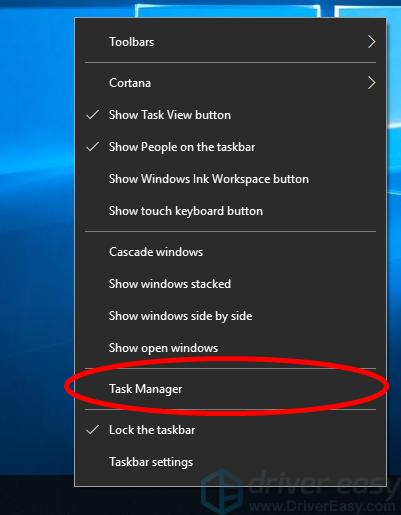
2) Click the Startup tab, then disable the items you don’t need.
To disable a startup item, right click this item and click Disable.
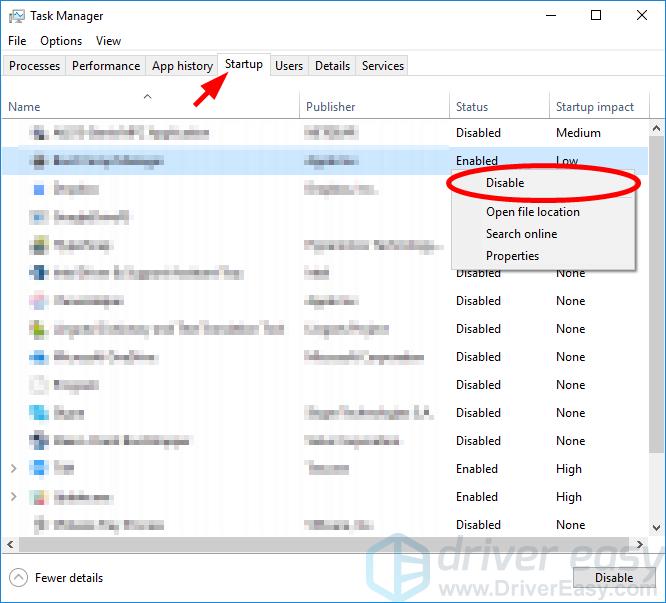
The next time you start your Windows 10 system, the items you disabled won’t start automatically.
Method 2: Configure your power plan
Your Windows 10 device may be running slow because you’re using a energy saving power plan. To optimize your device, you should check your power settings and change your power plan for better performance. Here’s how to do it.
1) Right click the Start button in the lower left corner of your screen, then click Power Options.
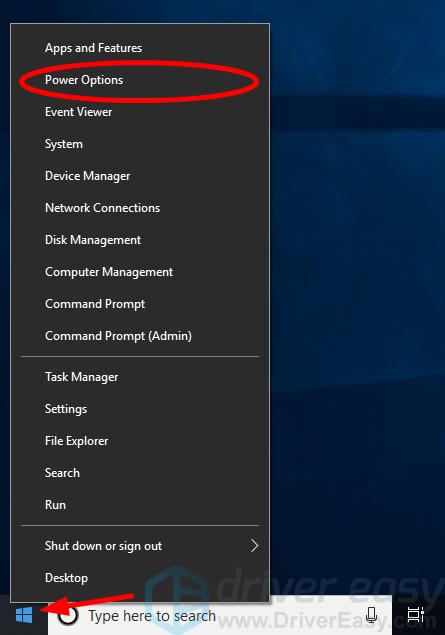
2) Click Additional power settings.
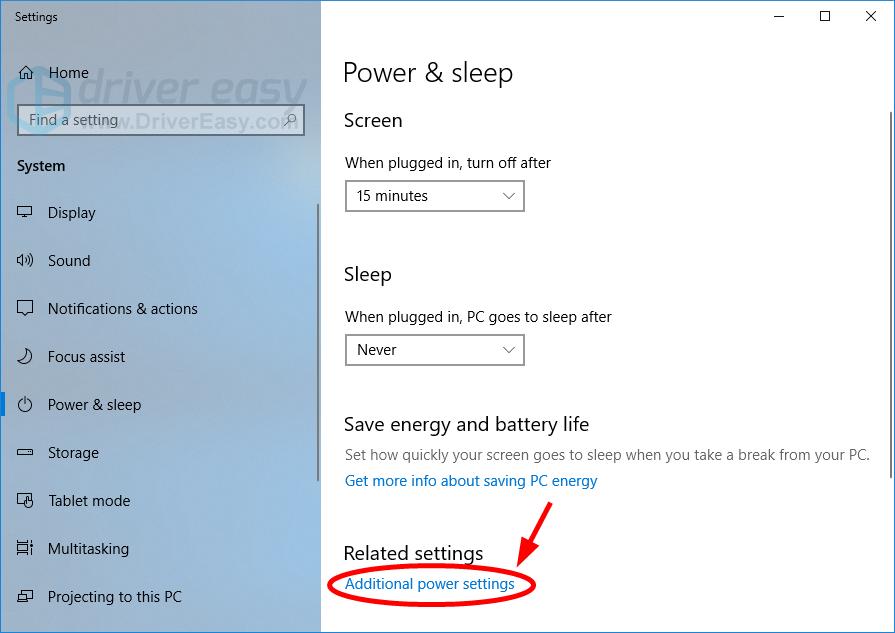
3) Make sure the Power saver plan is NOT chosen.

Method 3: Update your system
Installing updates for your system can fix your performance issues and make it run smoother. You should run Windows Update to update your Windows 10 operating system. To do so:
1) Click the Start button in the lower left corner of your screen, then click the Settings icon.
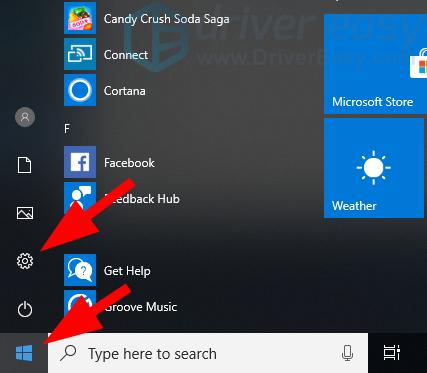
2) Click Update & Security.
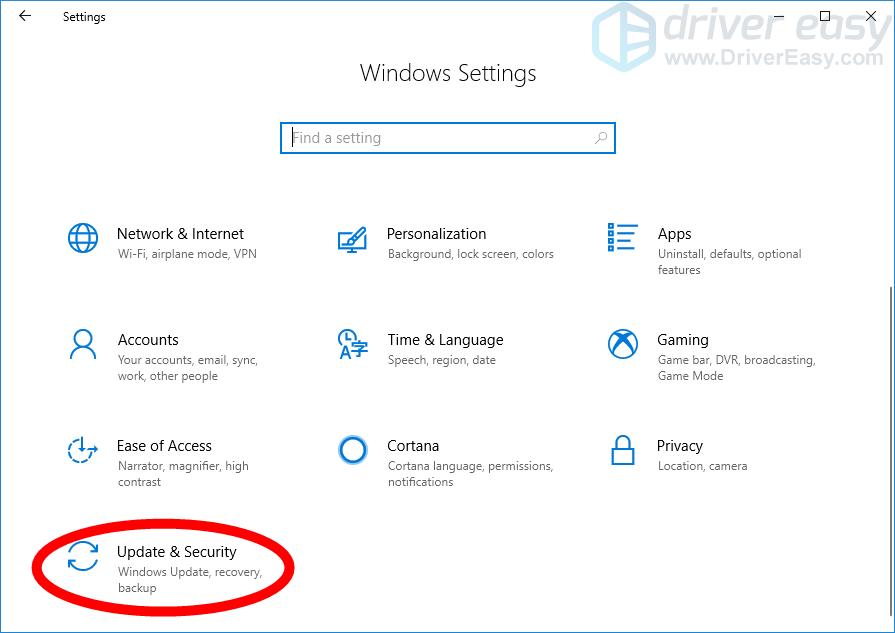
3) Click Check for updates.
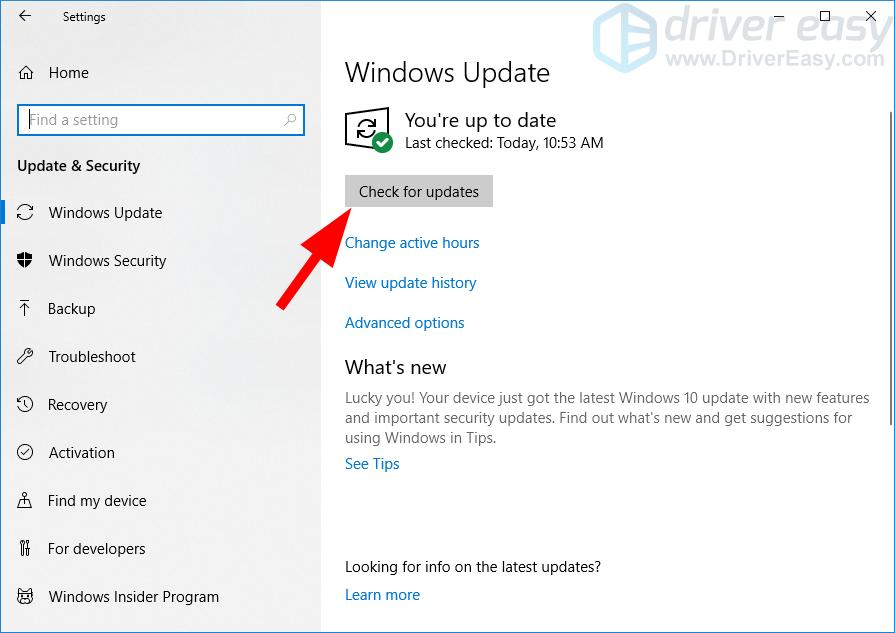
4) Wait for Windows Update to update your operating system.
Updating your device drivers is also an effective way to optimize your Windows 10 system. If you don’t have the time, patience or skills to update your driver manually, you can do it automatically with Driver Easy.
Driver Easy will automatically recognize your system and find the correct drivers for it. You don’t need to know exactly what system your computer is running, you don’t need to risk downloading and installing the wrong driver, and you don’t need to worry about making a mistake when installing.
You can download and install your drivers by using either Free or Pro version of Driver Easy. But with the Pro version it takes only 2 clicks (and you get full support and a 30-day money back guarantee):
1) Download and install Driver Easy.
2) Run Driver Easy and click the Scan Now button. Driver Easy will then scan your computer and detect any problem drivers.

3) Click the Update button next to each device to download the latest and correct driver for it, then you can manually install the driver. You can also click the Update All button at the bottom right to automatically update all outdated or missing drivers on your computer (this requires the Pro version — you will be prompted to upgrade when you click Update All).
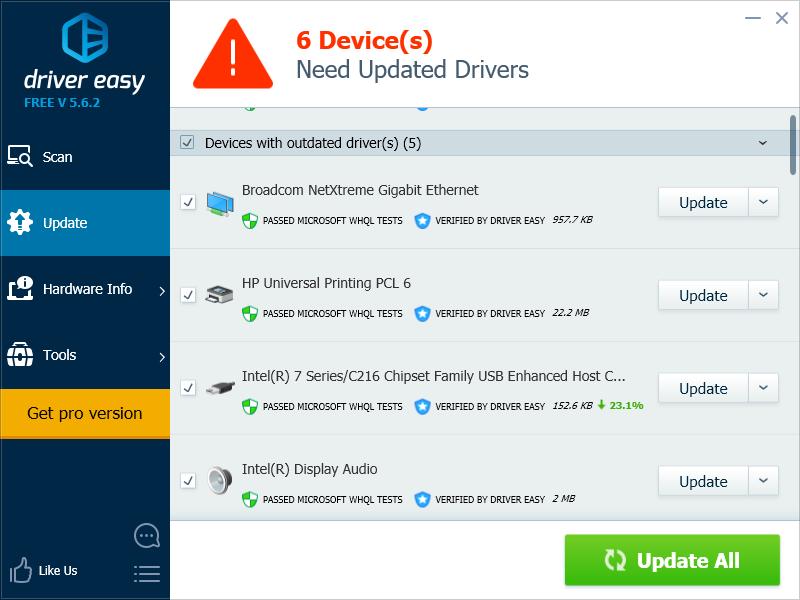
Method 4: Run Disk Cleanup
You should free up your system volume space to improve your system performance. To do so, you should run the Disk Cleanup utility:
1) Press the Windows logo key and R on your keyboard to invoke the Run box.
2) Type “cleanmgr.exe” and press Enter on your keyboard.
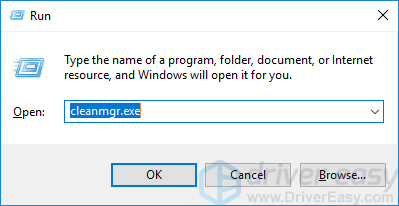
3) Click Clean up system files.

4) Check all items, then click OK.

5) Click Delete Files.
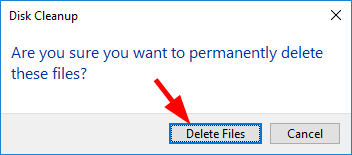
6) Wait for Disk Cleanup to clean the files.
Method 5: Check for virus or malware
You should check your Windows 10 system for viruses or malware that decrease your system performance. To do so, run Windows Defender or the antivirus solution you’re using. If it finds any suspicious file or program, remove it and see if this restores your device performance.
Method 6: Disable your visual effects
Windows 10 has a lot of fancy visual effects, but they sometimes consume a large amount of system resources. If you don’t need those effects, you should disable them to make your computer run faster.
1) Press the Windows logo key and R on your keyboard to invoke the Run box.
2) Type “sysdm.cpl” and press Enter on your keyboard.

3) Click the Advanced tab, then click Settings in the Performance section.
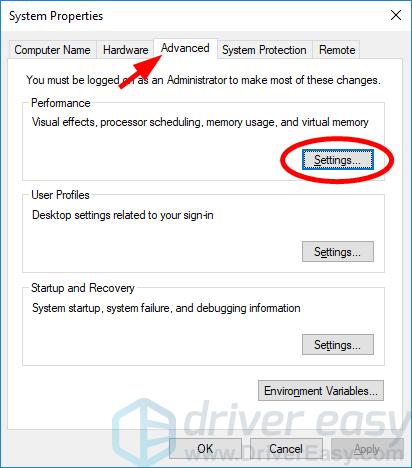
4) Click Adjust for best performance, then click OK.
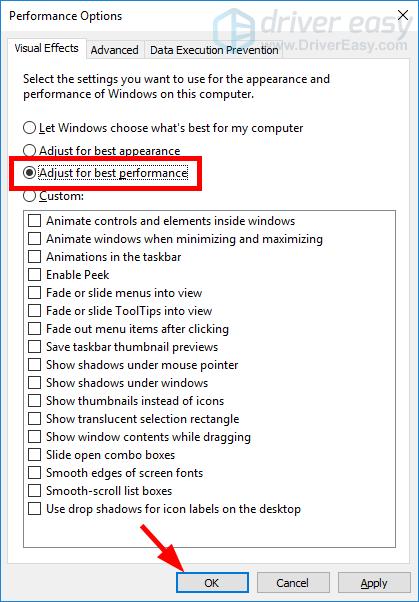
5) Click OK.
You’ve successfully turned off the visual effects of your Windows 10 system.
Method 7: Upgrade your computer hardware
Hardware component upgrade is always the most effective methods for Windows 10 optimization, if you have enough budget. The following are the components you should consider upgrading first:
- RAM (memory). Adding more memory to your computer increase the speed of your program and the number of tasks your operating system can do at a time. To add RAM, install new memory on your computer (it must be the same model as your own). Or replace your memory module with the one that has more memory.
- Hard drive. Use a larger hard drive for more disk space for your Windows 10 system. Or use an SSD instead for faster speed.
- Graphics card. If you’re optimizing your Windows 10 system for gaming, you should always check your graphics card. Installing a better dedicated graphics card always improve your game performance. (Note that you might need to replace your power supply at the same time due to the increased power consumption.)





